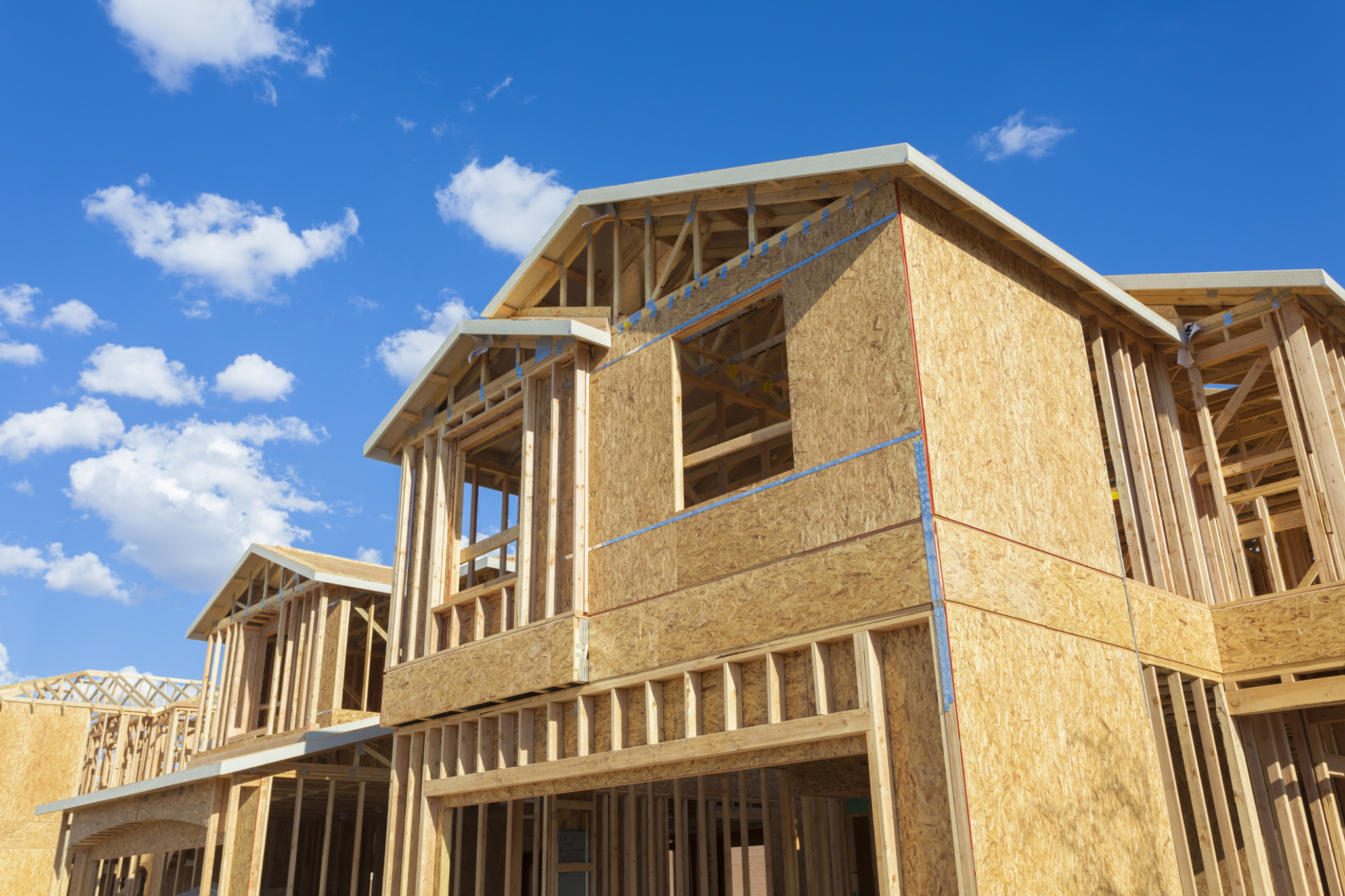Single-family housing starts were up 27% year over year in November, while permits for single-family homes — a leading indicator of future starts — increased 22% year over year, according to the latest report from the U.S. Census Bureau.
The November reading of 1.55 million starts represents the highest pace since 2007, as builders continued to push to meet unprecedented demand for single-family homes while confronting rising construction costs and shortages of both lots and labor.
“The growth for single-family construction was a true bright spot amid economic challenges in 2020, with single-family starts up 10% year-to-date and posting the best year since the Great Recession, said National Association of Home Builders Chief Economist Robert Dietz in a blog post. “However, the backlog continues to grow, with the number of single-family homes permitted but not started construction up 16.3% from November 2019 to November 2020 as material delays and higher costs hold back building.”
Overall permits increased 6.2% to a 1.64-million-unit annualized rate, while multifamily permits increased 19.2% to a 496,000 pace.
On a regional and year-to-date basis, combined single-family and multifamily starts were 7.6% higher in the South, while permits were up 6.9% from last year.
“The continued rise in housing starts signals the single-family sector will lead the way for new-home construction, said First American Deputy Chief Economist Odeta Kushi in a statement. “2021 may be the year of the home builder as a massive housing shortage, coupled with demographic and behavioral trends favoring single-family homes, sets the stage for builders to ramp up construction.
While November’s building pace was on par with the pace set 13 years ago, just before the housing bubble burst, experts predict this time it will take years to accommodate demand.
“Nothing sells like a shortage,” added Kushi. “We have underbuilt new housing relative to demand for a decade. Building will have to exceed household formation for a number of years to reduce the housing stock ‘debt’ we have accumulated.

